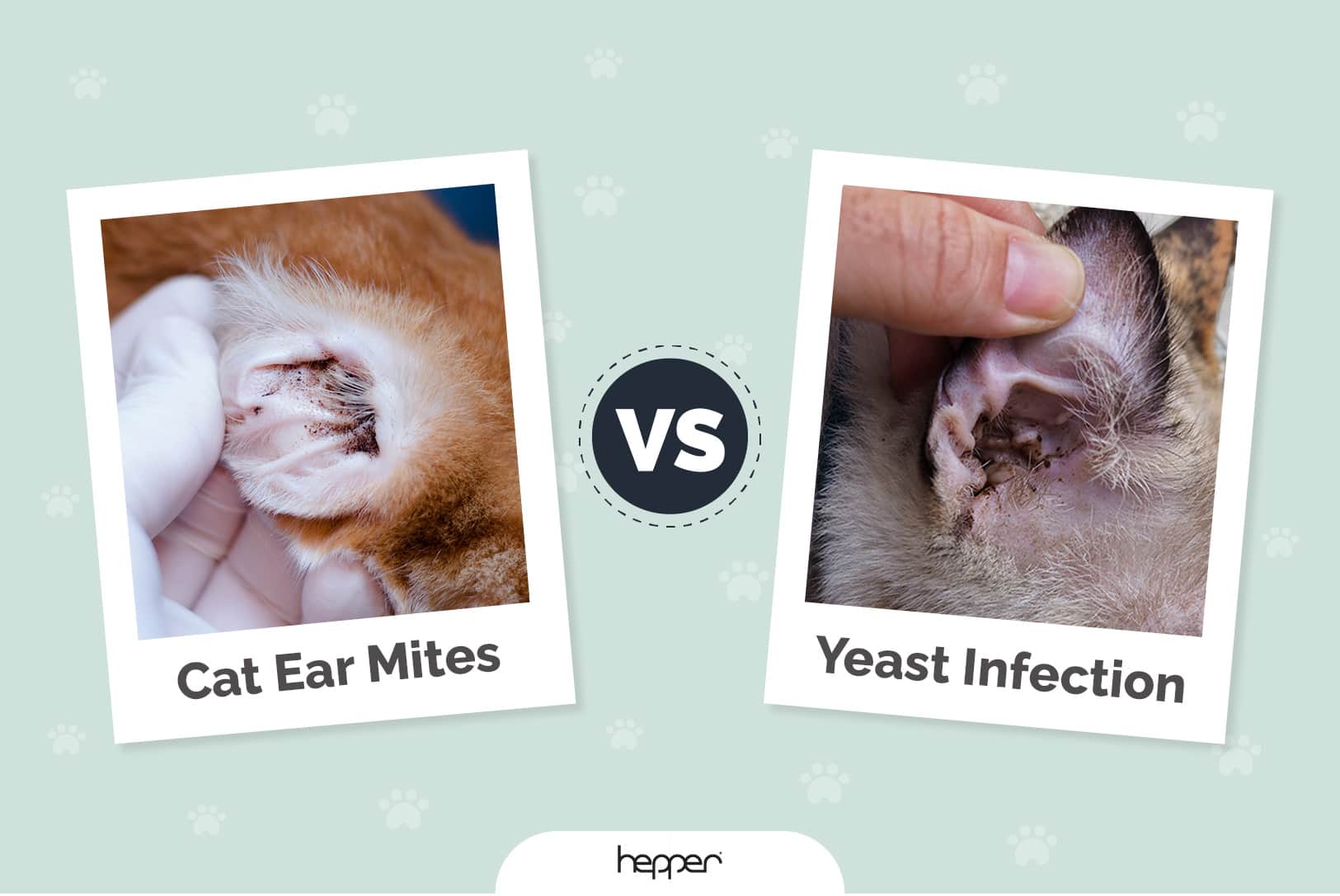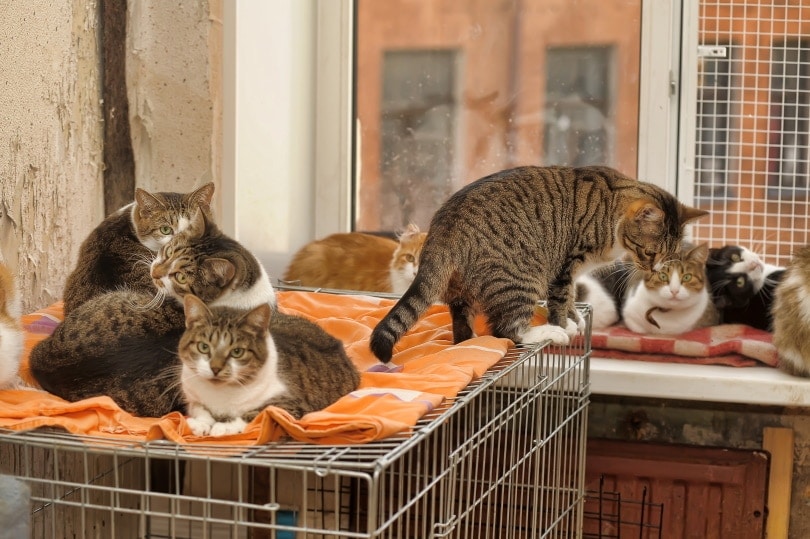Can Cats Eat Figs? Vet-Approved Health & Safety Guide

Updated on
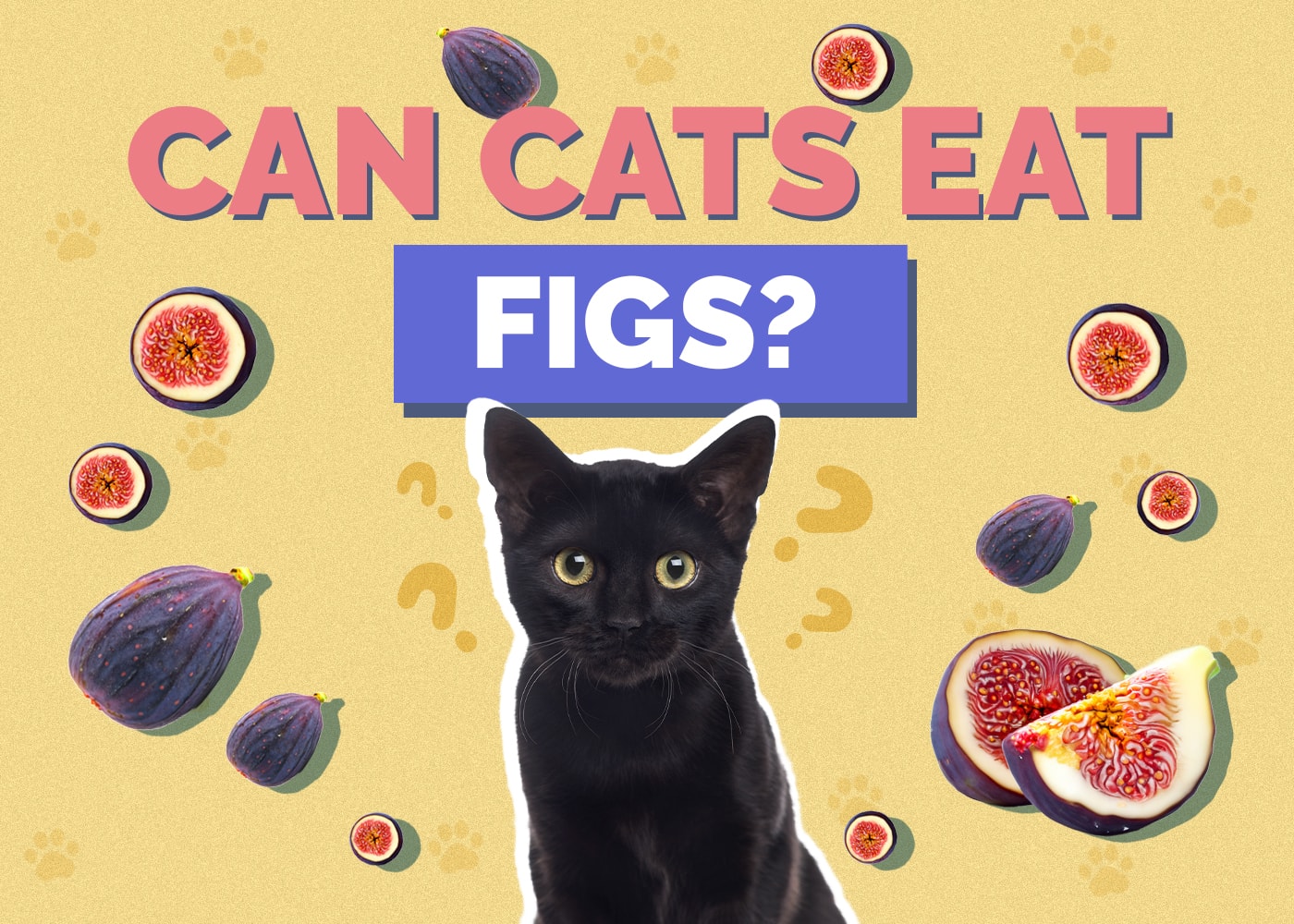
A fig1 is an edible fruit native to the Mediterranean and western Asia1. People keep figs as ornamental plants and eat the fruit as a snack, meaning they find their way into many households.
While figs may be healthy for humans, it’s a different story for your cat. Can cats eat figs? No, cats can’t eat figs. All parts of the fig plant are toxic and irritating to your cat, so you should avoid feeding it or keeping the plant in reach.
Fig Toxicity in Cats
Also known as the weeping fig or Indian rubber plant, the fruit, leaves, and sap of the fig plant are toxic to your cat.2 Though the toxicity is low, it’s best to avoid contact between your cat and figs to prevent a potentially dangerous condition.
When grown indoors, a fig plant has long, glossy green leaves that stay all year round. This beautiful plant is used for its aesthetics, but it’s not a safe choice for a house with cats.
The fruit of the fig plant contains the proteolytic enzyme3 ficin and psoralen,4 which damage a cat’s DNA. Most of these substances are found in the sap, but different concentrations are found throughout the plant.
Cats are curious creatures and may sample fig fruit or play with the leaves of the ornamental plant, potentially leading to toxicity.

Symptoms of Fig Poisoning in Cats
When cats ingest fig fruit or plant parts, they may experience digestive issues and mild irritation.
- Diarrhea
- Vomiting
- Drooling
- Skin irritation
What to Do If Your Cat Ingests Fig
If you suspect your cat ingested part of a fig plant or fruit, contact your vet immediately. Your vet will perform a full examination that may include bloodwork and other types of tests, as well as checking the skin for sores and listening to the heart and lungs.
If possible, bring a sample of the plant to the vet with you. Your vet may be able to use it to diagnose your cat’s condition more quickly.
Like other types of poisoning, your cat may need to be stabilized with medication or hospitalized for observation and placed on IV medication.
Depending on the circumstances of the toxicity, your vet may induce vomiting to remove any traces of the fig plant from the cat’s system. Do not attempt to induce vomiting on your own unless directed by a vet, since this can cause life-threatening complications.
Your vet may also use activated charcoal, an adsorbing agent that can bind the toxic substances in the fig and help the cat pass them. This is a similar protocol that’s used for human poisoning in hospitals.
Fortunately, fig toxicity in cats is typically mild or moderate, so your cat is likely to recover fully from eating a fig plant. Digestive issues may persist for days after ingestion, however, and your cat may need a bland diet like boiled chicken and rice or prescription food and medication.
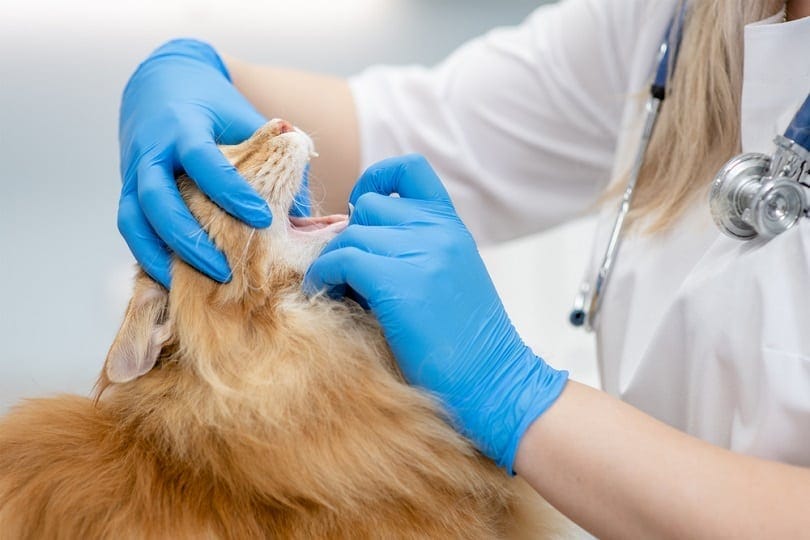
What Other Plants are Toxic for Cats?
While many plants look beautiful in your home, several plants are toxic to cats and may irritate the skin, mouth, or stomach. Others can devastate vital systems and organs like the kidney or heart.
- Amaryllis
- Autumn crocus
- Azaleas
- Castor bean
- Chrysanthemum
- Daisy
- Rhododendrons
- Cyclamen
- Daffodils
- English ivy
- Hyacinth
- Dieffenbachia
- Marijuana
- Lily of the valley
- Day lily
- Kalanchoe
- Oleander
- Pothos
- Sago palm
- Spanish thyme
- Tulip
- Yew
Though toxic doses can vary by plant and some parts may have more of a toxic compound than others, it’s best to assume that all parts of the plants are toxic to cats.
The symptoms vary according to the plant, the concentration of toxins, and the amount the cat ingests, but here are some general symptoms to watch for:
- Difficulty breathing
- Diarrhea
- Vomiting
- Skin irritation or rash
- Excessive thirst and urination
- Drooling
- Fast, slow, or irregular heart rhythm
- Lethargy or weakness
If you suspect your cat has ingested a toxic plant, it’s best to take it to the vet immediately for treatment. Bring a sample of the plant with you, if possible.
Cats tend to get into things they shouldn’t, even with the best preventative measures. The best way to prevent your cat from ingesting toxic plants is by avoiding them in your home or garden.
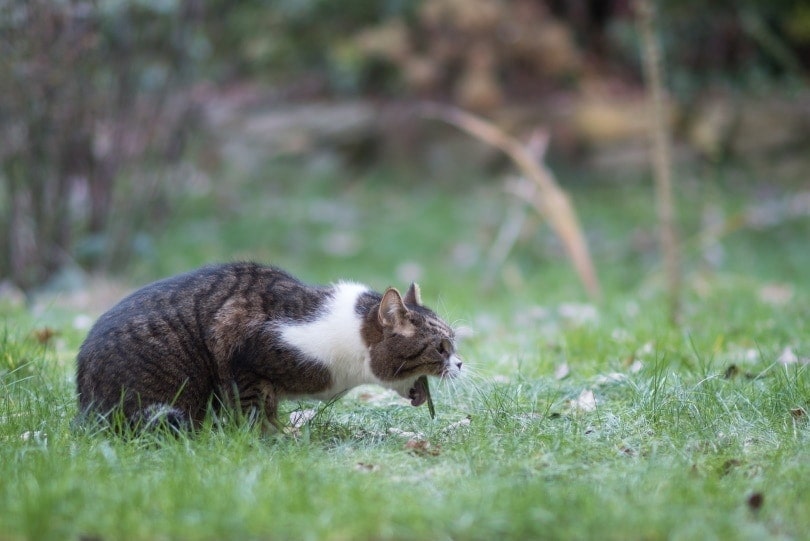
Conclusion
Figs make delicious treats and beautiful household plants, but they pose a risk to your cat. Though mild to moderate, ingestion of any part of a fig plant can lead to irritation and digestive upset in your cat and requires veterinary attention.
Related Reads:
Featured Image Credit to: stevepb, Pixabay





